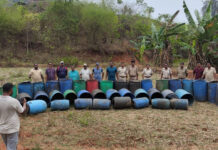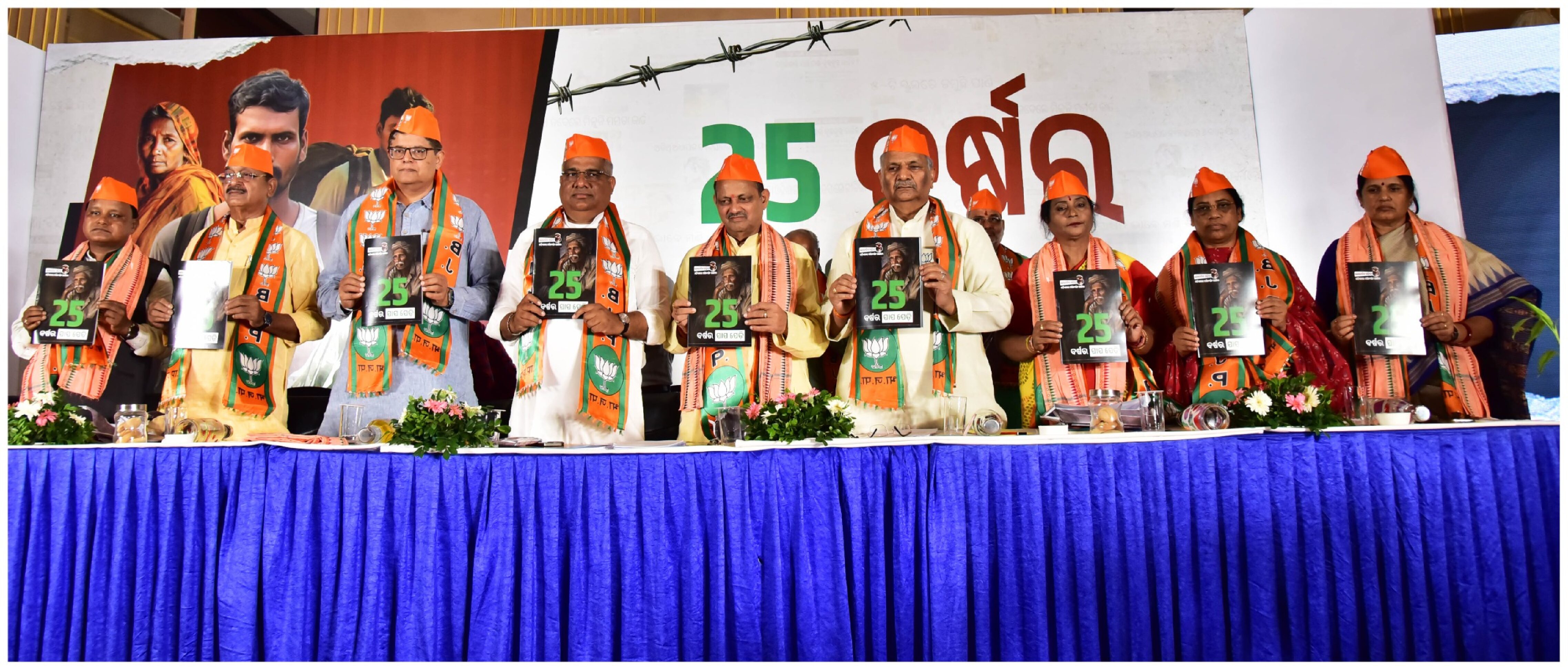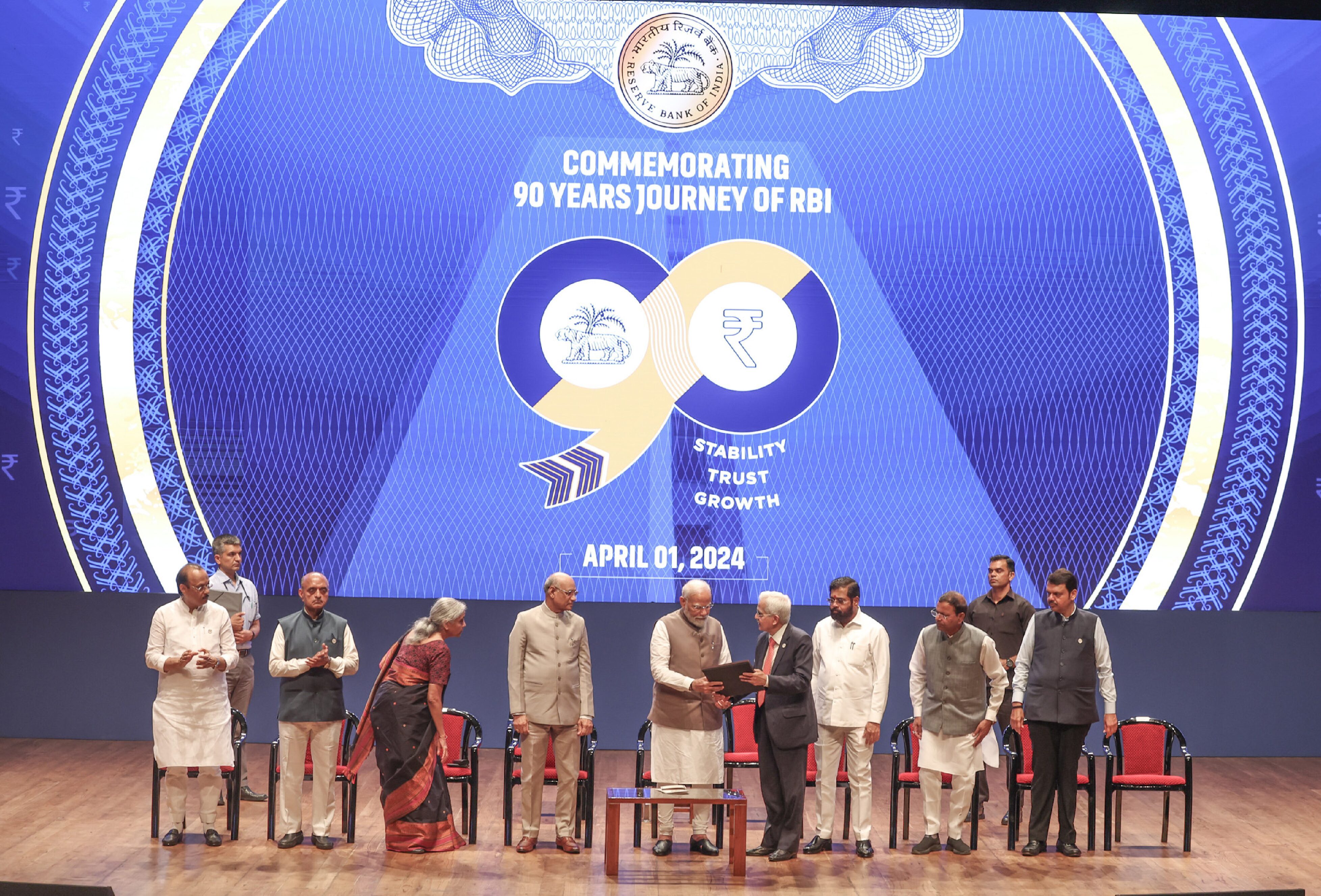The people of Bhubaneswar celebrated when it was declared the first smart city of the country. Eversince the smart city project has made a lot of progress. But has the city really become smart? Not everyone will agree. There are reasons why many hesitate to call it a smart city. There is still a lot of unplanned growth and encroachment continues unabated. Crime rate, too, is high with a big question mark over the security of women.
Not only the government of Odisha but a lot of people also take pride in the fact that Bhubaneswar happens to be India’s first smart city. It was first in the sense that it figured at the top of the first list of smart cities released by the government of India after it first conceptualized the smart city project.
But how is the smart city project going in Bhubaneswar? Have we really become smart? Has the city really become a better and safer place to live? An outsider visiting Bhubaneswar after a long time might be impressed with the newly paved and laid out walking areas along the roads a la New Delhi. The new vending zones, too, look smart though shops in most of the areas are yet to do business.
But a close look at the city will bring its other and not so pleasant side to the fore. For example, the wide paved areas with sitting arrangements might look smart but they have become the hang-out of junkies and criminals. The process of encroachment of footpaths has begun all over again. People, especially slum dwellers have even encroached on the conservancy lanes with complete impunity. Considering that they happen to be a big vote-bank no one questions them.
Encroachment is so rampant that it is beginning to impact civic amenities. For example, with unauthorized shops and other structures coming up in different areas even sewerage lines are getting choked. Even civic authorities and line departments are facing problems. Encroachers enjoy the patronage of local dons and resort to violence if anyone raises his voice against them.
From that point of view, the smart city is neither that smart nor safe. It is certainly not safe for women who will not dare move freely around the city after nightfall. In the last one year the city has seen a string of attacks on women, ranging from chain snatching to more serious types of crimes.
So like an analyst rightly pointed out, like most other cities in India, Bhubaneswar also has two faces—one tinselly and bright and the other frowning with the strain and concentration of having to look good. The fact is that the city has failed to come up to the expectations of the people on several counts and the limitations of the municipal administration have been exposed time and again. For example, rains have several times ravaged the Odisha capital and submerged it, exposing the underbelly of weak urbanization and a faulty drainage system. Smart cities are a smart idea, but both planning and implementation have to be good. Unfortunately, it is not always so which creates problems. According to one assessment in Bhubaneswar almost 90% of the budget is allocated towards Area Based Development, which entails retrofitting, renewal and extensions in 985 acres of the city, identified for development as Bhubaneswar Town Centre District (BTCD). This includes projects related to infrastructure engineering and building development, slum housing, green and park areas, road development and accessibility.
The remaining budget is for Pan City Initiatives: Technology for traffic, transit, parking, emergency response and incident management, digital payment through Common Payment Card System, Enterprise Resource, Planning and e-Governance for four city-level organizations.
Thirdly, there is a social thrust, to include equity – equal accessibility and enhanced economic opportunities through education, capability building and awareness creation. However, these efforts will remain limited to the BTCD area for now. Hence, as one expert put it, Bhubaneswar could at best be called a model ‘Smart part-city’.
Bhubaneswar Smart City Limited (BSCL), an SPV formed to implement the smart city proposals, handles planning, management and operation of its departments. The rules are implemented under the Bhubaneswar Municipal Corporation (BMC). The BMC, to be fair, has also sought to know what people want and at the same time also generate awareness about the smart city project. Many people want an upgraded urban transport and mobility systems and others want drinking water supply reforms and improved waste and energy management measures. Then there are others who want open spaces and heritage hubs.
The work in progress includes building up the BTCD model area for better urban mobility and waste management. Other schemes being implemented in the city include management of drinking water and sewerage. There are around 600 buses connecting 67 wards in Bhubaneswar. Now the attempt is to upgrade and improve the service with IT-backed transport solutions, e-mobility and the like. There is also an attempt to push non-motorized transport. Pedestrian-friendly traffic signals, open spaces and eco-friendly parks, safe refuge points for women and surveillance cameras at traffic junctions.
All that looks fine on paper. But there are a lot of problems that persist. Bhubaneswar, according to one assessment, is ranked 13 on Safety and 20 on the parameters of Mobility, Health and Productivity. Crime rate has shown a rate of increase in recent times. The city also has around 7000 homeless people.
According to planners the main focus of Smart City is to be “more children-and-elderly-friendly”. However, most of the homeless sleep and defecate in the open. The government has made ambitious plans for the rehabilitation of the homeless and to take care of the health of children and the elderly. But there are allegations that most of these plans are part of a huge propaganda to boost the image of the government.
The city has not always been high on the Swachh Survekshan scale which casts doubts on its efficient sanitation, garbage collection and solid waste treatment. This is not to say that the Bhubanesear smart city project has no positives at all. In fact, there are many but there are several areas where the project needs improvements. Besides, urgent steps are required to make the city crime free and to make it more secure for women. Only then will we be able to call our city India’s first smart city with a sense of pride.








































